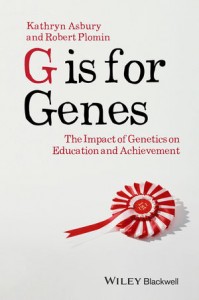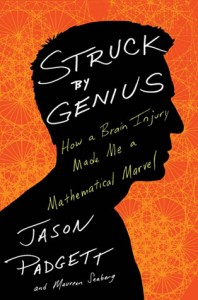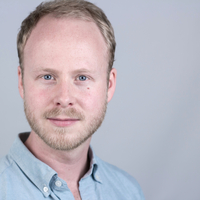A plaidoyer for educating teachers and policy makers about the genetics of cognitive ability and achievement. The summary of the literature is useful but only as a starting point for more reading…
Archive for January, 2015
Struck by genius
A first-hand account of how traumatic brain injury led to significant changes in a man’s (Jason Padgett) spatial/math abilities.
From Broogaard et al. (2012):
“We studied the patient JP who has exceptional abilities to draw complex geometrical images by hand and a form of acquired synesthesia for mathematical formulas and objects, which he perceives as geometrical figures. JP sees all smooth curvatures as discrete lines, similarly regardless of scale. We carried out two preliminary investigations to establish the perceptual nature of synesthetic experience and to investigate the neural basis of this phenomenon. In a functional magnetic resonance imaging (fMRI) study, image-inducing formulas produced larger fMRI responses than non-image inducing formulas in the left temporal, parietal and frontal lobes. Thus our main finding is that the activation associated with his experience of complex geometrical images emerging from mathematical formulas is restricted to the left hemisphere.”
Brogaard, B., Vanni, S. & Silvanto, J. (2013): Seeing mathematics: Perceptual experience and brain activity in acquired synesthesia. Neurocase, 19, 566-575. doi:10.1080/13554794.2012.701646
congratulations Dr. Wulff!
Our very own Dirk Wulff succesfully defended his dissertation today, which was on information search in decisions from experience. Congratulations!
Chris Donkin

This week, we had our first visitor of the year: Chris Donkin, from the University of New South Wales, who talked about Bayes factors in his talk “Testing the predictions of models or How I learned to stop worrying and love the prior”.


